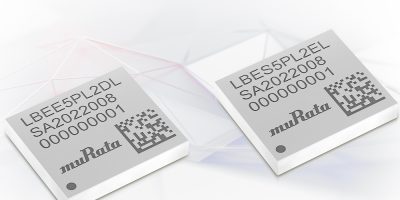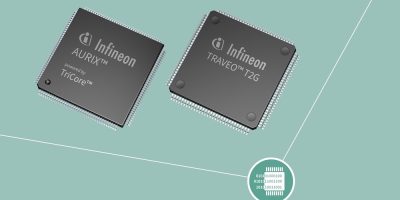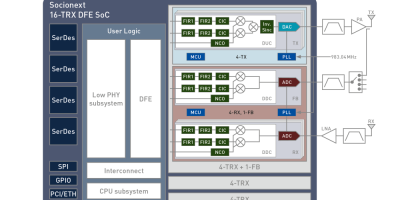Exploring new opportunities in wireless communication, Murata has developed the LBES5PL2EL module. It is, said the company, optimised to the demands of IoT hardware and anticipates the demand for Matter connectivity.
The LBES5PL2EL is based on a highly-integrated IW612 single chip 2.4 / 5.0GHz device from NXP, which covers a broad array of wireless protocols, allowing Murata to incorporate 1×1 dual-band Wi-Fi (IEEE 802.11a/b/g/n/ac/ax), Bluetooth 5.3 and IEEE 802.15.4 into the Murata tri-radio module.
Bluetooth Low Energy Audio functionality has also been included with a view to its use in voice-controlled products. This latest generation of Bluetooth technology delivers heightened performance, while drawing less power, and is predicted to replace many of the current BR / EDR (basic rate / enhanced data rate) Bluetooth-based audio connections.
Murata has also introduced the LBEE5PL2DL module, based on the NXP IW611 device. It also features both Wi-Fi 6 and Bluetooth 5.3 support.
The wireless combination modules can be used in home automation equipment, digital assistants, smart domestic appliances, lighting gateways, climate control systems and EV charging points. FCC/IC and TELEC certification plus conductive tests for CE are all available, to assist in accelerating time to market, while keeping product development costs down.
The Murata LBES5PL2EL and LBEE5PL2DL wireless combo modules are each supplied in compact surface-mount packages, with dimensions of just 8.8 x 7.7 x 1.3mm.
“There are still only a few Matter-compliant solutions on the market, yet the potential for it to deliver convenience and comfort to the places in which we live is huge,” states Akira Sasaki, director of the communication module division at Murata. “Thanks to the introduction of the LBES5PL2EL, we are now able to provide full support for Matter, including Thread, alongside Wi-Fi 6. This will be a real value to engineers developing hardware for home/building automation, as well as for numerous other purposes.”






